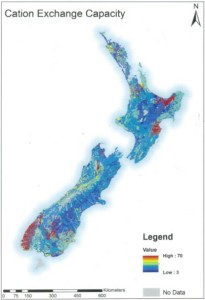The NZ Emissions Trading Scheme has been in operation since 2008 to mixed reviews. The government’s view seems to be generally positive, it having met our technical obligations to date. Much of the business and farming community probably support the govt position, as it has been designed (and subsequently gutted?) to ensure little impact to ‘business as usual’. The forestry and environmental sectors I’m sure have very different views.
You can see an earlier post related to this here: https://soilcarbon.org.nz/nz-post-2020-climate-change-target/
The govt has now decided that it is time to review the ETS. Its easy to be cynical about the post-COP21 timing but does this create an opportunity for the biochar community to get some day-light? MfE have issued a consultation document: http://www.mfe.govt.nz/consultation/new-zealand-ets-review-201516-consultation
From my look at the linked discussion document, opportunities around soil carbon sequestration have not even been framed in the discussion. So how does this square with our govt signing up for 4 per 1000? (see the post previous to this). I suggest we should take this opportunity to wave the flag. Can we put together a submission team? NZBRC student project? Can I inspire a comment from anyone?
There are 2 closing dates for submissions. There is not much time left to for the initial submission date (19Feb) but I suggest that the 2nd round submission opportunity is more appropriate for soil carbon comments (30 April).


